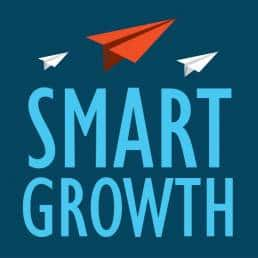Most small and medium enterprises (SME) owners and marketing professionals know that businesses are built on relationships—with customers, suppliers, employees, and of course, the society.
Digital and social media have made it simpler and more complex at the same time. Still, only a few SMEs build lasting relationships. Even large enterprises pay lip service to build relationships.
How many of us, for instance, know why a customer decided to do business with us? How many of us track what our customers think of us? Do they come to us because of their friends or the positive comments posted about us on social media? Are they drawn by our advertising campaign or because we offer the lowest prices?
Customers are one of greatest assets which is why businesses need to work on building lasting relationships with them. How do customers find our website? Do they send us queries through the website?
A lot has been written about how to build relationships with customers. A cursory Google check will lead you to hundreds of thousands of links on customer relationship management (CRM).
It is more than CRM
Years ago, I and digital thought leader Patricia Seybold wrote about why most CRM solutions ended up as failures.
Most businesses think that once you have the CRM system, they are customer relationship ready. The missing link is the mindset change among employees and management.

A dashboard is just that–a jazzy way IT companies lure business owners to buy the software. Technology is just an enabler. What is required is the thinking that goes into tech solutions.
How do you build lasting customer relationships? The first step is to consistently deliver what is promised and expected by the customers. What does this mean? How many things that were ordered online were delivered safely and on time? How many times did the customer have to contact you to get that item installed?
One should evaluate customers’ expectations from a company. With each order, there is a different set of expectations from customers. We should not only fulfil the order but also go above and beyond with proper packaging and timely delivery.
Listen, listen carefully
Listen to your customers to strengthen the relationship. Send out “thank you” messages and seek feedback to let them know you appreciate their support.
Do you or your employees really listen to your customers? What are they telling you? Are you responding to what they have to say about your products and services? In my experience, very few employees listen to customers.
Social media is a great listening post, a good tool to interact and show customers that you care. Feedback forms have been around for years and remain useful. Do not discount how the feedback forms work and make sure to have them on the website. Every interaction is an opportunity to build relationships.
How often do you ask a new customer, “How have you heard of us?” This is valuable information and is something we have to pay attention to. Businesses can analyse the data as well as plan marketing more efficiently and pass on the benefits to customers. For this purpose, use a tracking system of sorts.
This is a great thing to have for the marketing department as they can look into spending more time on different efforts and cut out the ones that aren't relevant.
Employees should be in charge of so many aspects of the tracking system and they play a critical role in building of relationships with customers. They should understand the importance of this, and when they do, our customers will feel the difference.